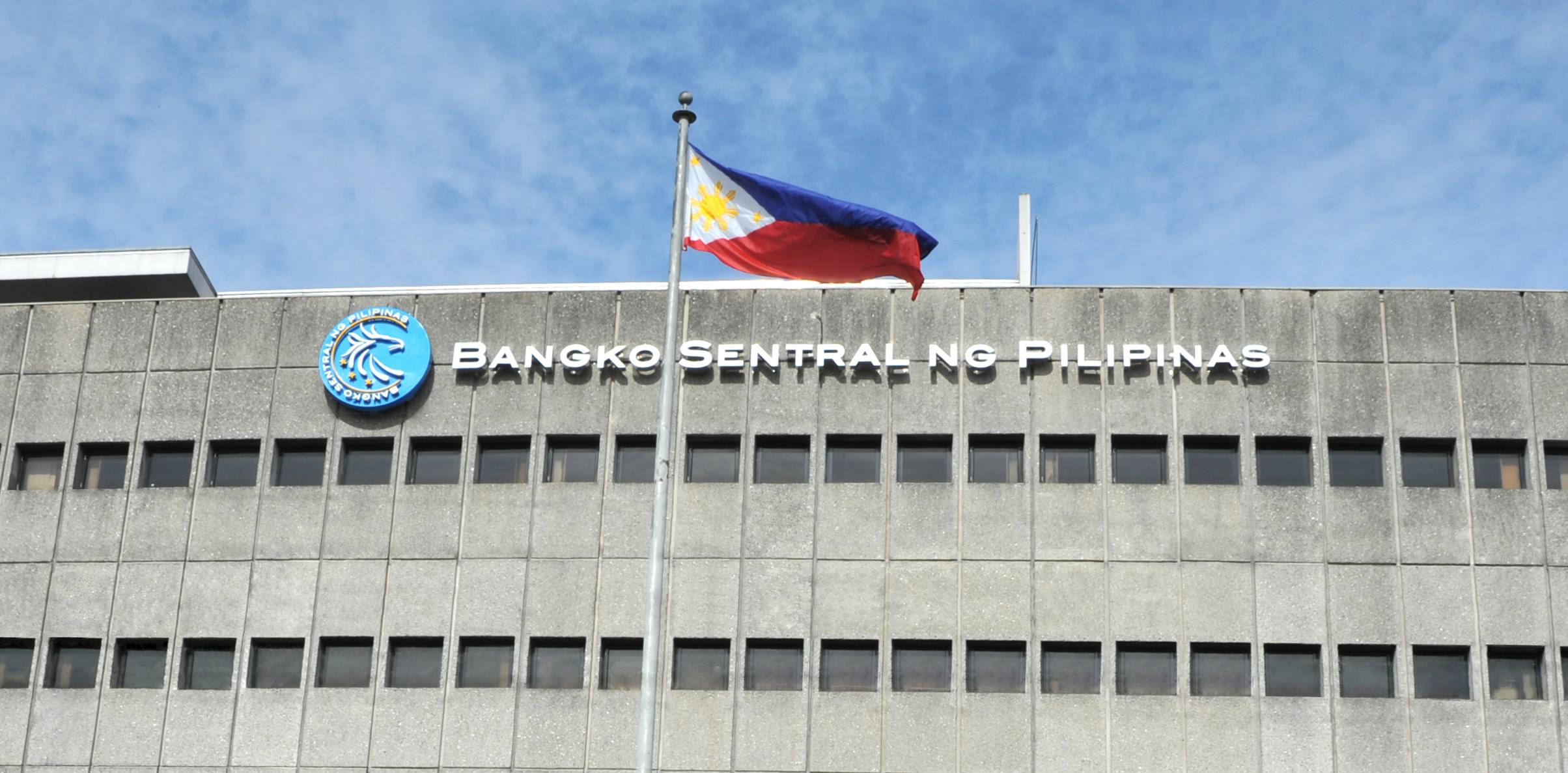More BSP tightening predicted after surprise 75-bp increase
The Monetary Board (MB) on Thursday sprang its biggest off-cycle increase in the key policy rate of the Bangko Sentral ng Pilipinas (BSP), by 75 basis points (bp) to 3.25 percent effective immediately.
The interest rate on the BSP’s overnight borrowings from banks was changed during a regular meeting of the MB. The next policy meeting of the MB, when such decisions are usually made, is set for Aug. 18.
This was the central bank’s largest rake hike since it implemented a regular window for adjusting monetary policy every six weeks. It had previously raised its key interest rate by 400 bps in a single move in October 2000 to arrest the peso’s slide during the political crisis of the Estrada presidency.
Felipe Medalla, MB chair and BSP Governor, told reporters the policy meeting next month will carry on as usual despite Thursday’s unusual proceedings.
“Yes, we will meet [as scheduled and] what we will do is of course data dependent,” Medalla said.
He was echoing a statement oft-repeated by his predecessor and now Finance Secretary Benjamin Diokno, who used to reiterate that the MB will make policy decisions based on data rather than external factors such as policy decisions of foreign central banks like the United States Federal Reserve.
Still, economists and analysts consider Thursday’s move as partly due to moving ahead of the US Fed, which is expected to raise their own policy rate by as much as 100 bps on July 27.
If that happens and the MB’s next policy meeting is still weeks away, interest rates in the US and Philippine markets will be at the same level despite the wide gap between the two country’s sovereign credit ratings.
US sovereign credit ratings are mostly at the highest or AAA. Philippine credit ratings are one to three notches above the minimum investment grade.
The US Fed’s policy rate is now at 1.75 percent to 2 percent and many economists anticipate this to rise to 2.75 to 3 percent later this month.
If the BSP had not raised its policy rate to 3.25 percent on Thursday, the American policy rate would have overtaken Philippine interest rate.
Also on Thursday, the MB raised the interest rates on the BSP’s overnight deposit and lending facilities were raised to 2.75 percent and 3.75 percent, respectively.
“In raising the policy interest rate anew, the Monetary Board recognized that a significant further tightening of monetary policy was warranted by signs of sustained and broadening price pressures amid the ongoing normalization of monetary policy settings,” Medalla said.
Inflation was pegged at 6.1 percent in July and expected to rise further in the coming months.
“The Monetary Board noted that favorable conditions arising from the strong rebound in growth thus far in the year suggest that the domestic economy can accommodate a further tightening of monetary policy settings,” he added.
The Philippine economy regained prepandemic levels, growing at 8.3 percent year-on-year in the first quarter of 2022.
Medalla said that in taking “urgent action,” the MB was aiming at keeping expectations about inflation’s trajectory close—or “anchored”— to the government’s forecast and target range.
The latest forecast by the BSP is that inflation this year would average at 5 percent in 2022 and at 4.2 percent in 2023. For both years, the regulator’s target is to shepherd inflation to within the range of 2 percent to 4 percent.
“Policy action is intended to help manage spillovers from other countries that could potentially disanchor inflation expectations.” Medalla said. “At the same time, the [MB] continues to urge timely non-monetary government interventions to mitigate the impact of persistent supply-side pressures on commodity prices.”
The Bank of the Philippine Islands said in a statement that despite Thursday’s rate hike, the BSP might raise again in August by 25 basis points to 3.5 percent.
“With US inflation still on the rise, the [US Fed] will likely continue hiking aggressively in the coming months,” BPI said.“In this scenario, the BSP may need to adjust its policy rate further, possibly above 4 percent. Otherwise, the peso will likely be the one to adjust [depreciate].”
BPI believes that the domestic economy has enough capacity to absorb the impact of BSP’s surprise, aggressive rate hike.
Interest rates on big ticket borrowings would rise along with that BSP policy rate. This would mean more funds required to service loans and less funds available for consumption of other goods and services, which means less pressure for prices of commodities to go up.
